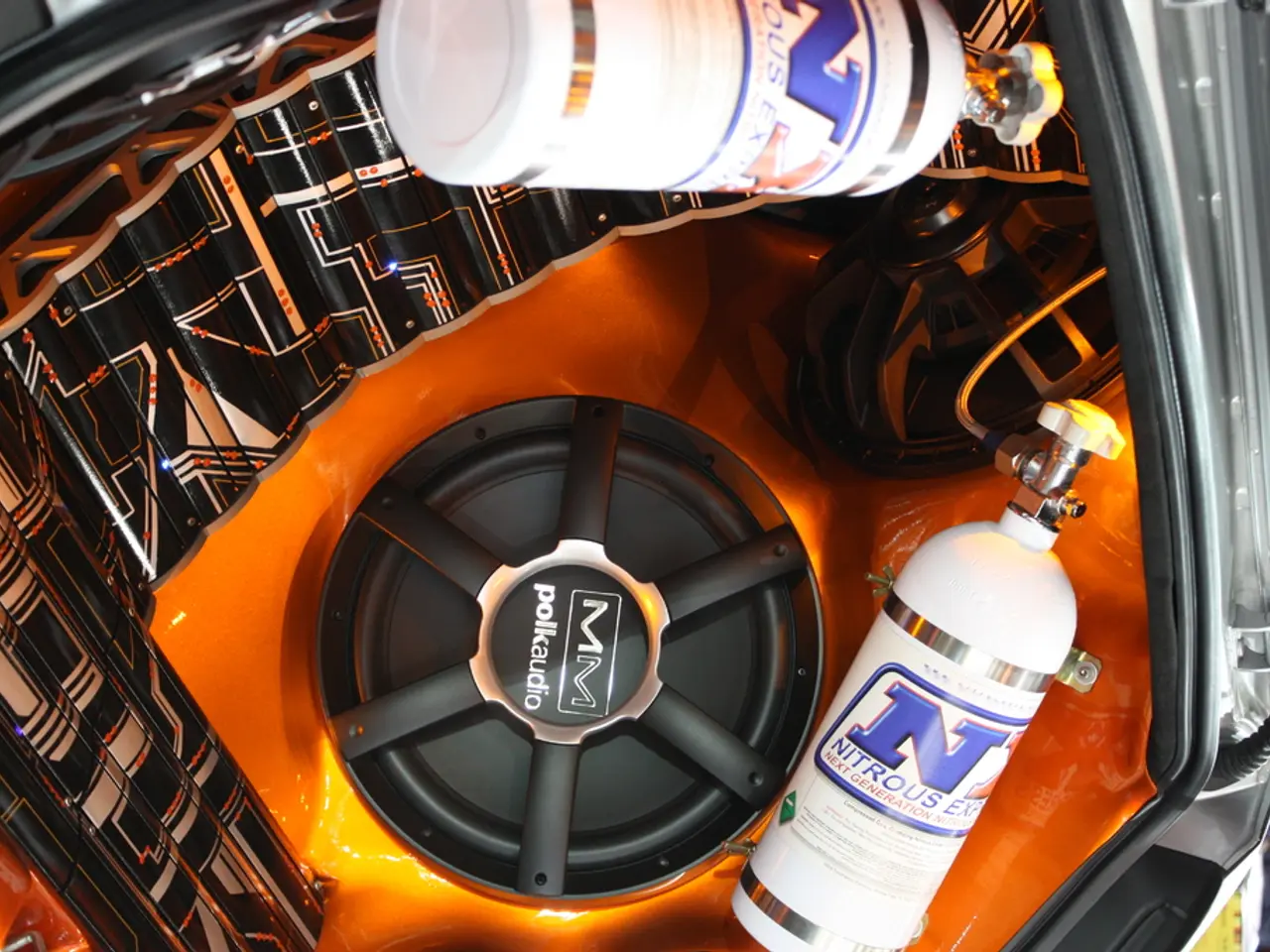Struggle in Soundcrafting - Achieving Ideal Harmony through Highlights and Omission
In the world of automotive engineering, the symphony of sounds that emanate from a vehicle's engine is no longer an afterthought. For Lexus and Toyota, the art of sound design has become a crucial element in creating unique and engaging driving experiences.
The LBX Morizo RR, equipped with Active Sound Control, is a prime example of this approach. The car's blipping, bubbling, and various other noises emerge at random, providing a more natural effect that enhances the driving experience. For a vehicle with a three-cylinder engine, the sounds that fit along that three-cylinder line are explored, ensuring that the engine noise is both pleasing and distinctive.
Lexus's sound design philosophy is holistic, encompassing several factors. Harmonics and resonance are key, with engineers tuning the engine's exhaust and intake systems to produce a resonant tone. Frequency balance is also crucial, ensuring that the engine noise is neither too loud nor too quiet. The company emphasises developing a sound that reflects the vehicle's personality and performance, and human-centric design is at the heart of their approach.
Toyota's NVH (Noise, Vibration, and Harshness) work involves dedicated negotiators in each relevant unit, who work tirelessly to reach agreements ensuring that parts are built to achieve the target engine sound. The right sound depends on the given engine and evokes the driving power of the vehicle. Reducing unwanted noise is the most important step in actively creating a good sound, and this is achieved through various methods, such as acoustic isolation using advanced materials like acoustic glass.
In the LBX Morizo RR, the sounds are controlled by a complex logic, and electronic devices like Active Sound Control undergo continuous improvement right up to the deadline. Dealing with low frequencies in engine sounds requires structural revisions, such as changing the shape of the engine block or the transmission housing. Late-installed parts, such as the arrangement of intake and exhaust pipes, have a bigger impact on emphasizing or adding desirable sounds.
Engine teams adjust and reshape the balance of frequencies to achieve the desired engine sound, often by changing the mass and stiffness of resonant objects. Half-order tones are used to enhance engine sounds and give them a heart-pounding quality. Lexus has built on the sound philosophy of its LFA model by setting out four unique sound factors: perfect harmonies, power/dynamism, refined tones, and an expansive presence.
In conclusion, the art of sound design in Toyota and Lexus vehicles involves negotiating and eliminating unwanted sounds from the earliest stages of development. The goal is to create intuitive driving experiences and a dialogue between the vehicle and the driver, enhancing the overall driving experience for the consumer.
- The LBX Morizo RR's Active Sound Control, a prime example in Toyota and Lexus's approach, creates a unique driving experience by producing blipping, bubbling, and other random noises that resonate harmoniously with the three-cylinder engine.
- Toyota's NVH work involves negotiating with different units to ensure parts are built to achieve the target engine sound, as the right sound is crucial in reflecting the vehicle's performance and personality, and enhancing the human-centric driving experience.




